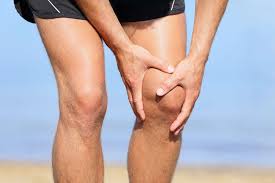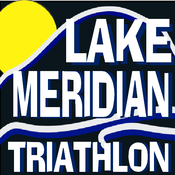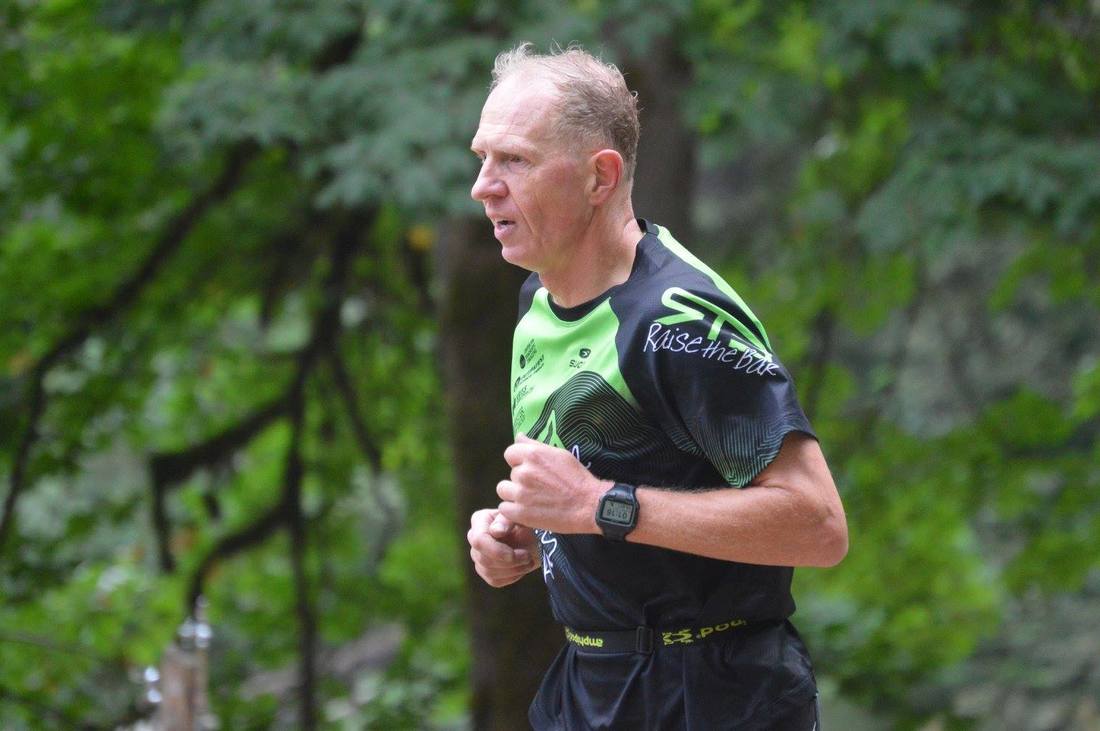 By Holly Pennington, PT, DPT It’s the middle of race season and 25-year-old “Stu” is collecting one PR after another. He is in the best shape of his life, and successful race days provide a much-needed reprieve from the pressure he has been feeling to prove himself in his new job at Microsoft over the past six months. The social connection he enjoys through RTB helped make his cross-country move to Washington much easier than anticipated. In the Black Diamond Olympic tri, Stu finishes the bike leg in third place and, just after T2, he notices a sharp pain in his right knee. He runs through the pain, finishing in third place but disappointed by his slowest race of the season. The next day, he wakes to a throbbing knee and has trouble walking down the stairs. Worst case scenarios run through Stu’s mind as he relives yesterday’s race and wonders how he could possibly have an injury right now. Hidden in this story is one of the best predictors of athletic injuries, and it has nothing to do with strength, conditioning or flexibility. While “Stu’s” body was in prime racing shape, he had endured prolonged stress resulting from major life changes in the months preceding his injury. This means that, at the start of the Black Diamond race, Stu’s chance of injury was two to five times greater than competitors experiencing less life stress. While causes of injuries can be as varied and numerous as the stars in the sky, researchers are able to hone in on a few consistent injury predictors that every triathlete should know: Stress. Scientists have known that stress and injuries are related for decades. The Stress and Injury Model, developed by Andersen and Williams over thirty years ago, presumes that an athlete’s personality, stress history and coping resources all impact their cognitive appraisal of stress and may intensify the response to stress and therefore increase the risk of being injured. Stress results in generalized muscle tension, which causes decreased flexibility, increased muscle fatigue and difficulty with coordination, all of which put the athlete at a greater risk for injury. Stress also disrupts attention and reduces peripheral awareness, placing any athlete at a higher risk. For an athlete like Stu, all of these physiological byproducts of stress could have contributed to an altered cycling position or running gait, and ultimately led to his knee pain. History of previous injury. A hard truth of the psychology of injury can be summed up with this: The athlete who has been hurt in the past is more likely to get hurt again. Factors such as incomplete rehabilitation, returning to competition too early and increased anxiety (in other words…stress!) about reinjury contribute to this phenomenon. If you have a history of a sprain, strain, tendonitis or fracture, seeking professional confirmation of readiness for competition and addressing associated anxieties and fears will mitigate the possibility of another missed race due to pain. Type A Personality. In general, athletes with Type A tendencies push themselves harder and often compete in overly aggressive ways. For example, this athlete may be more likely to take a sharp turn on the bike course and sustain a crash-related injury. If you identify with the Type A personality and are competing, taking an honest inventory of how this affects your training/racing both positively and negatively may reduce your risk of injury. High Anxiety/Poor Coping Skills. Athletes who tend to be highly anxious and those who have poor coping skills also get injured more often. Both of these psychological states lead to increased life stress, even without the presence of major life stressors, and the physiological effects of stress listed above affect the athlete’s health. While we cannot change these scientifically proven predictors of injury, knowledge is power. Who knows what Stu could have done differently if he knew that moving and starting a new job would increase his risk of injury by as much as five times? Being aware of how the “rest of your life” affects your race-day body could be the difference between competing in your next race or cheering your teammates on from the sidelines. Are you wondering if you are ready to return to training or racing after an injury? Physical Therapists at Outpatient Physical Therapy can help! Visit www.outpatientpt.com and contact a location near you.
0 Comments
Your comment will be posted after it is approved.
Leave a Reply. |
Raise the BarRace reports, upcoming events, news, and more, from RTB. Archives
September 2023
|
 RSS Feed
RSS Feed




